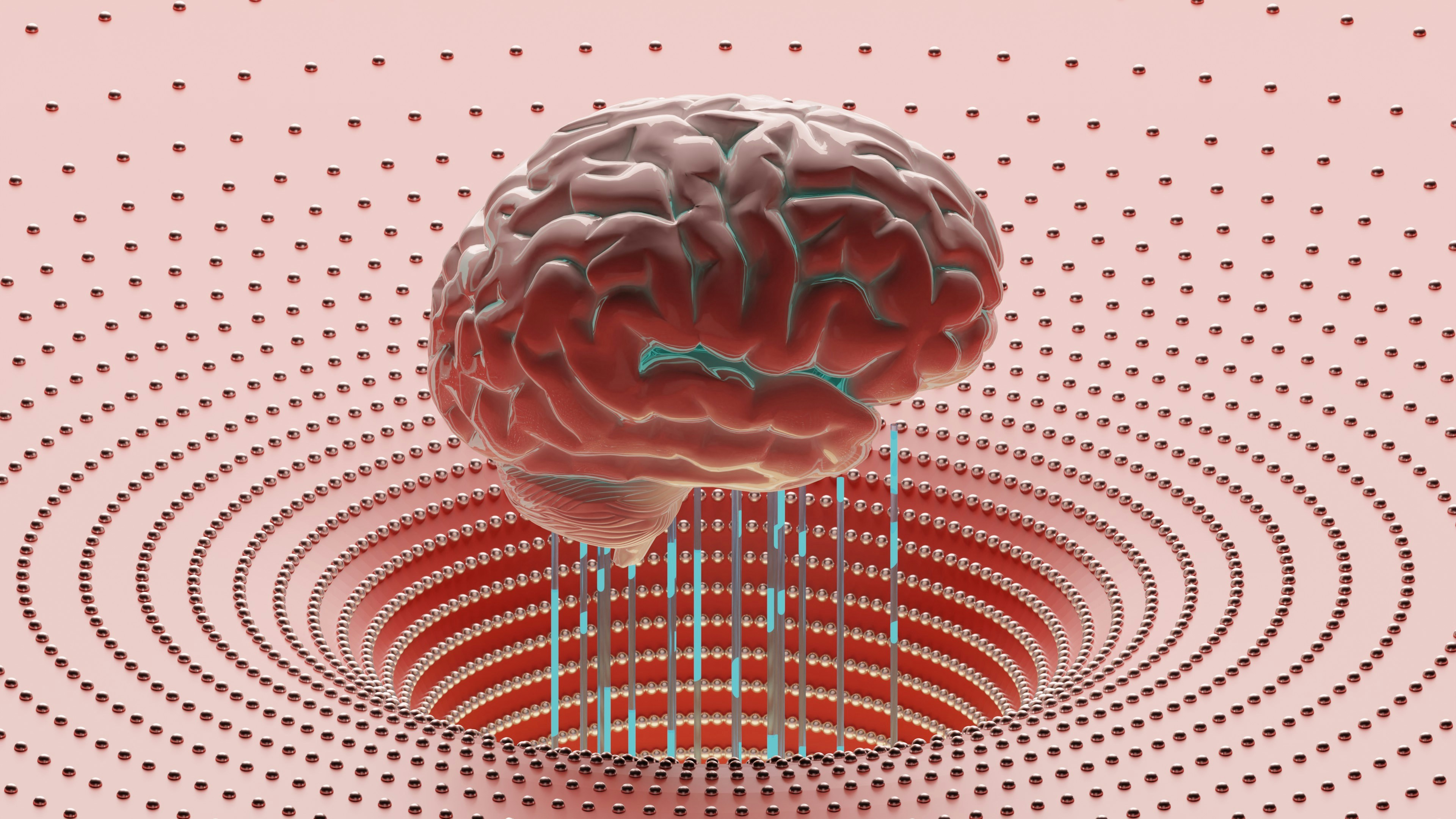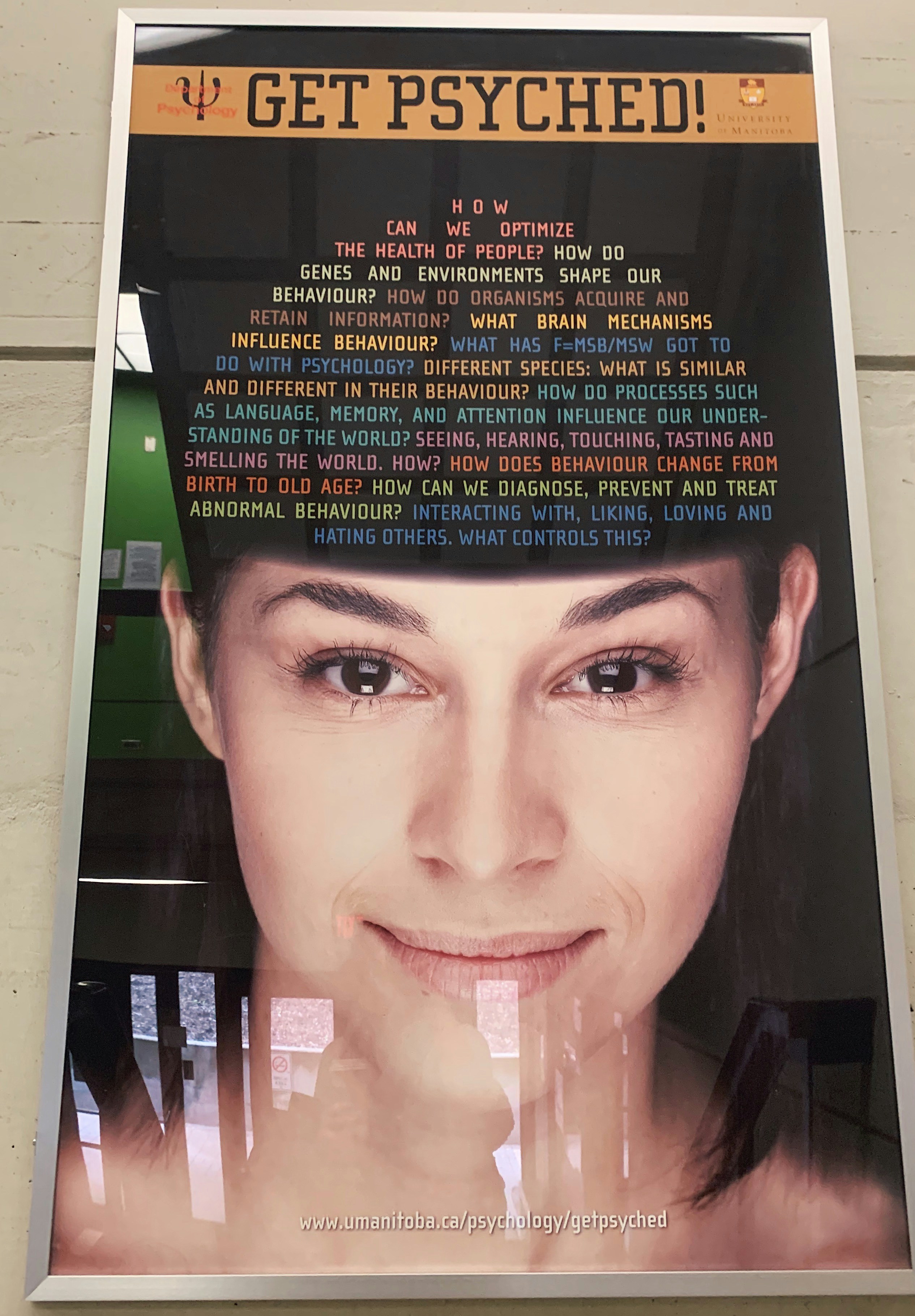Understanding Automatic Pilot
The concept of operating on automatic pilot refers to the human tendency to perform tasks with minimal conscious thought or awareness. This phenomenon arises from the brain’s remarkable ability to learn and adapt, allowing individuals to commit routine tasks to unconscious processing. Over time, behaviors such as driving, brushing teeth, or even engaging in daily conversations become habitual, freeing up cognitive resources for more complex tasks. This efficiency is a testament to the evolution of human cognition; by automating mundane activities, individuals can navigate their environment with greater ease and perform higher-level problem-solving.
Automatic pilot serves a crucial role in everyday life. For example, while driving, individuals often find themselves engaged in a conversation or lost in thought, yet they can still navigate familiar routes safely. Similarly, brushing teeth becomes a routine so ingrained that it often occurs without active participation from the mind. Such tasks illustrate how automatic processing increases efficiency, reduces cognitive load, and enables us to multitask effectively. As much as this state of being facilitates productivity, it also poses potential drawbacks. A lack of mindfulness can lead to disengagement from the present moment, diminishing the experience of daily life and reducing opportunities for meaningful engagement.
Understanding automatic pilot is essential as it reveals how our minds balance the need for efficiency with the desire for conscious living. While the ability to perform tasks on automatic pilot benefits us by conserving mental energy, it also highlights a critical aspect of modern living— the necessity of occasionally stepping back to engage mindfully with our surroundings. Acknowledging when we are operating on automatic pilot is the first step towards cultivating greater awareness and intentionality in our actions and decisions.
The Process of Habituation
Habituation is a psychological process that describes the gradual decline in response to a stimulus after repeated exposure. This phenomenon plays a significant role in the formation of habits, which can be both beneficial and detrimental. As individuals repeatedly engage in specific behaviors, these actions become ingrained in their subconscious, ultimately shaping an automatic response to various situations. For instance, an individual who regularly practices mindfulness may develop a habit that allows them to respond to stress with calmness and clarity, reinforcing a positive pattern of behavior over time.
Conversely, negative habits may also develop through habituation. For example, consistently reaching for unhealthy snacks during moments of stress can lead to an automatic response that undermines one’s health goals. Such behaviors become second nature, often taking place without conscious thought. Understanding habituation is crucial as it informs individuals of how they can cultivate positive habits while minimizing the formation of unwanted ones.
In this process, cues from the environment play a pivotal role. External triggers can prompt specific responses, reinforcing either positive or negative behaviors. For instance, environmental signals may encourage an individual to engage in exercise or, alternatively, prompt them to engage in detrimental habits such as procrastination or unhealthy eating. By recognizing these cues, individuals can take conscious steps toward modifying their responses, highlighting the importance of self-awareness in the process of habit formation.
In summary, the process of habituation underscores the psychological mechanisms at play in forming habits. By acknowledging the automatic nature of these responses, individuals can work to consciously disengage from negative patterns and foster positive, mindful habits that enhance their overall quality of life. Understanding this process is crucial for anyone seeking to live a more intentional and conscious life.
The Consequences of Negative Habits
Engaging in negative habits, often developed under the influence of automatic pilot, poses significant risks to both mental and physical health. Such habits can lead to a range of disorders that detrimentally affect one’s overall wellbeing. For instance, consistently avoiding challenges due to procrastination can escalate into chronic stress, manifesting itself as anxiety or heightened feelings of fearfulness. This anxiety can create a feedback loop, further aggravating the habit as individuals become trapped in their own cycle of avoidance and worry.
Moreover, negative habits often compromise emotional regulation, leading to increased irritability and mood disorders. Individuals may find themselves lashing out or withdrawing socially due to these unrecognized behaviors, contributing to isolation, which can have a cascading effect on relationships and support networks. As these negative habits ingratiate themselves into daily routines, they can frequently go unchallenged until they culminate in significant psychological issues, such as phobias. These phobias can shut individuals off from experiences and opportunities, severely narrowing their scope of existence.
It is critical to address these negative habits promptly. Recognition is the first step toward intervention, allowing individuals to break free from automatic responses that no longer serve them. Mindfulness practices can be effective in bringing awareness to these negative habits, promoting a conscious approach to life that helps dismantle these ingrained behaviors. By replacing harmful reactions with positive alternatives, individuals can prevent the evolution of these issues into more serious mental health disorders. This proactive measure fosters a more fulfilling and healthy lifestyle, steering clear of the perils associated with unexamined automatic pilot habits.
The Role of Perception in Our Problems
Perception plays a critical role in shaping our experiences and, consequently, our problems. Often, we find ourselves grappling with distress not entirely due to external circumstances, but fundamentally through the lens from which we view these situations. As the ancient Stoic philosopher Epictetus posited, “It is not what happens to you, but how you react to it that matters.” This insight underscores the notion that our interpretation and response to events are paramount in determining our emotional state.
When we encounter difficulties, whether they are related to personal relationships, work challenges, or health concerns, the first instinct is to attribute blame to external factors. However, this perspective can lead to a sense of helplessness, where one may feel that their dissatisfaction is predominantly determined by what is beyond their control. Instead, by examining how our perceptions shape our understanding, we can recognize that we often hold the power to alter our narrative. For instance, viewing a setback as an opportunity for growth rather than an insurmountable failure can significantly change our response to adversity.
Understanding perception also involves acknowledging cognitive distortions, which are biases that cloud our judgment and enhance feelings of distress. Common distortions, such as catastrophizing or black-and-white thinking, can skew reality and leave us feeling trapped in our problems. By consciously engaging in practices that foster mindfulness, we can train ourselves to identify these distortions, challenging negative thoughts and adopting a more balanced perspective. This shift not only alleviates emotional turmoil but also encourages a more proactive approach to problem-solving.
Thus, embracing the idea that our perceptions significantly influence our problems empowers us to cultivate a more mindful attitude. With awareness, we can reframe our thinking and develop strategies that lead to greater satisfaction and fulfillment in life. Applying this understanding is pivotal on the journey toward conscious living and alleviating personal distress.
Mindfulness: A Solution to Stinking Thinking
Mindfulness, as a practice and a way of being, offers individuals a unique opportunity to step away from automatic pilot and engage consciously with their thoughts and emotions. At its core, mindfulness encourages us to observe our thoughts without judgment, enabling a clearer perspective that is often obscured by habitual reactions. By cultivating this awareness, we can acknowledge our thought patterns and emotional responses, particularly those that lead to what is commonly referred to as “stinking thinking”—a state characterized by negative and unproductive thoughts.
Practicing mindfulness involves immersing oneself in the present moment, allowing us to take a pause before responding to challenges. This pause is essential; it creates space between our initial emotional reactions and our subsequent choices. When we act on automatic pilot, we are often at the mercy of our subconscious habits, which may spiral into negativity or anxiety. Mindfulness acts as a countermeasure to this, offering tools that help us disengage from these automatic responses. By focusing on the present, we can appreciate the nuances of our circumstances and make decisions based on rational thinking rather than emotional responses.
Moreover, incorporating mindfulness techniques such as meditation, deep breathing, or mindful observation can drastically change how we relate to our thoughts. Through these practices, we learn to treat our thoughts as passing events rather than truths obligated to dictate our reactions. This conscious distance enables us to view challenges from a more objective standpoint, free from the cloud of emotional bias. Thus, mindfulness not only fosters a more balanced mindset but also equips individuals with the necessary tools to confront and alter unhelpful thinking patterns.
Practicing Non-Judgmental Awareness
Mindfulness meditation serves as a powerful tool for cultivating non-judgmental awareness, allowing individuals to foster a deeper connection with their thoughts, emotions, and overall experiences. At its essence, mindfulness encourages an attitude of acceptance, where thoughts are observed without labeling them as good or bad. This practice can significantly enhance an individual’s capacity for conscious living, promoting emotional regulation and psychological well-being.
To start practicing non-judgmental awareness through mindfulness meditation, it is important to create a conducive environment. Find a quiet space where interruptions are minimized. Establish a comfortable posture, whether sitting or lying down, to facilitate relaxation. Begin with deep and intentional breaths, allowing the mind to settle and focusing on the rhythm of your breath. As thoughts arise, acknowledge their presence without attachment or judgment. Remind yourself that these thoughts are merely mental events, transient and ever-changing.
One effective technique to cultivate this awareness is the “three-minute breathing space.” This involves three simple steps: first, recognizing your current experience as it is; second, redirecting your attention to your breath; and finally, expanding your awareness to include your thoughts and emotions without evaluating them. This practice can be revisited throughout the day, allowing moments of mindfulness to punctuate your routine.
As you engage in these mindfulness practices, it is beneficial to maintain a gentle and compassionate self-dialogue. Internal narratives often shape how we perceive our thoughts; hence, replacing self-criticism with kindness can enhance the practice of non-judgment. Gradually, as non-judgmental awareness is cultivated, individuals may discover an increased capacity for acceptance, fostering a life that is grounded in authenticity and presence.
Experiencing Sensory Awareness
Sensory awareness plays a pivotal role in cultivating mindfulness, as it allows individuals to anchor themselves in the present moment by engaging with their immediate environment. By heightening one’s perception of sensory inputs such as sight, sound, touch, taste, and smell, individuals can escape the confines of automatic pilot—the unconscious behavior driven by habitual thought patterns and reactions. This practice of grounding oneself in the now offers numerous benefits, facilitating a deeper connection to one’s surroundings and a clearer understanding of one’s emotional states.
Engaging with sensory awareness fosters a heightened sense of perception. For instance, focusing on the intricate details of a routine activity—such as the taste of food, the texture of objects, or the sounds of nature—can transform mundane moments into rich experiences. This practice encourages individuals to savor sensations that may otherwise go unnoticed, bringing a renewed appreciation for everyday life. Furthermore, by directing attention to sensory experiences, individuals can mitigate feelings of stress, anxiety, and overwhelm, effectively breaking the cycle of negative thought patterns.
The act of mindfully embracing sensory inputs enables individuals to develop a more conscious approach to living. When one is fully present and engaged with sensory experiences, it becomes easier to recognize and detach from habitual ways of thinking. Sensing the world around us allows for a heightened clarity, paving the way for deliberate behavior rather than mindlessly reacting to situations based on past experiences. Hence, cultivating sensory awareness can significantly enhance an individual’s capacity to live purposefully, creating space for intentional decisions and actions.
Incorporating sensory awareness into daily routines is simple yet profoundly impactful. Practices like mindful eating, walking meditations, or simply noticing the ambient sounds in a room serve as effective tools for anchoring oneself to the present moment. By emphasizing the importance of sensory experiences, individuals can gradually learn to disengage from automatic pilot and embrace a more mindful, conscious way of living.
Conscious Living: Steps Towards Change
Transitioning from an automatic pilot state to conscious living requires intentional action and commitment. To start this transformative journey, it is crucial to practice mindfulness daily. Mindfulness can be easily integrated into routines by setting aside a few moments throughout the day to pause and focus on the present. This may include being aware of your surroundings, appreciating simple pleasures, or practicing deep breathing exercises. By committing to such practices, individuals can gradually develop a heightened awareness of their thoughts and actions, which is fundamental to conscious living.
Another effective strategy involves evaluating habitual behaviors that have become automatic over time. Analyzing these routines allows individuals to identify patterns and assess whether they align with personal values and goals. This evaluation is not merely about recognizing negative habits but also about discovering opportunities for positive change. By consciously choosing to replace unproductive habits with healthy alternatives, individuals can make significant strides toward enhancing their overall well-being.
In addition to evaluating habits, setting specific goals can foster conscious living. Establishing short-term and long-term goals allows individuals to create a roadmap for intentional changes. Breaking these goals down into manageable steps makes the process less overwhelming and more achievable. Regularly reviewing and adjusting goals ensures that they remain relevant and reflective of personal growth.
Finally, fostering a supportive environment is essential for sustaining conscious living. Engaging with like-minded individuals cultivates a community that encourages mindfulness and personal development. This support system can provide motivation and accountability, making it easier to stick to new practices and habits that promote a more conscious lifestyle. By implementing these actionable steps and strategies, individuals can successfully transition from living on automatic pilot to embracing a more aware and intentional way of life.
Conclusion: The Journey to Mindfulness
Engaging in the journey toward mindfulness is a transformative endeavor that empowers individuals to disengage from their automatic pilot modes of living. Throughout this blog post, we explored the pervasive influence of habitual behaviors and thought patterns that often dictate responses to daily events. Recognizing these patterns is the crucial first step toward cultivating mindfulness, enabling individuals to create space for awareness and intentionality in their lives.
The practice of mindfulness encourages a deep connection with the present moment, facilitating a greater understanding of one’s thoughts, emotions, and reactions. As we have discussed, techniques such as meditation, conscious breathing, and focused attention serve as tools to anchor oneself in the now, moving away from mindless distractions and automatic responses. By actively engaging with these practices, individuals can experience profound shifts in their perspective, leading to enhanced emotional regulation and resilience.
Furthermore, the importance of patience and consistency in this journey cannot be overstated. Developing a mindful lifestyle is not an overnight transformation; rather, it is a gradual process of cultivating awareness and presence over time. As individuals commit to practicing mindfulness, they often find that their relationships, work performance, and overall quality of life significantly improve. The willingness to step away from automatic pilot paves the way for richer, more meaningful engagements in everyday experiences.
As you reflect on the insights shared, consider embracing mindfulness as an integral component of your daily routine. By weaving mindfulness practices into your life, you initiate a powerful shift towards conscious living, ensuring that each moment is met with intention, gratitude, and clarity. The journey to mindfulness is, indeed, a path worth pursuing, fostering profound changes that enhance overall well-being.


